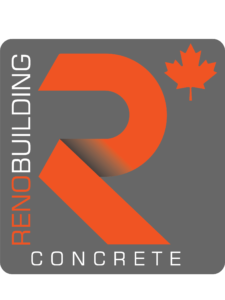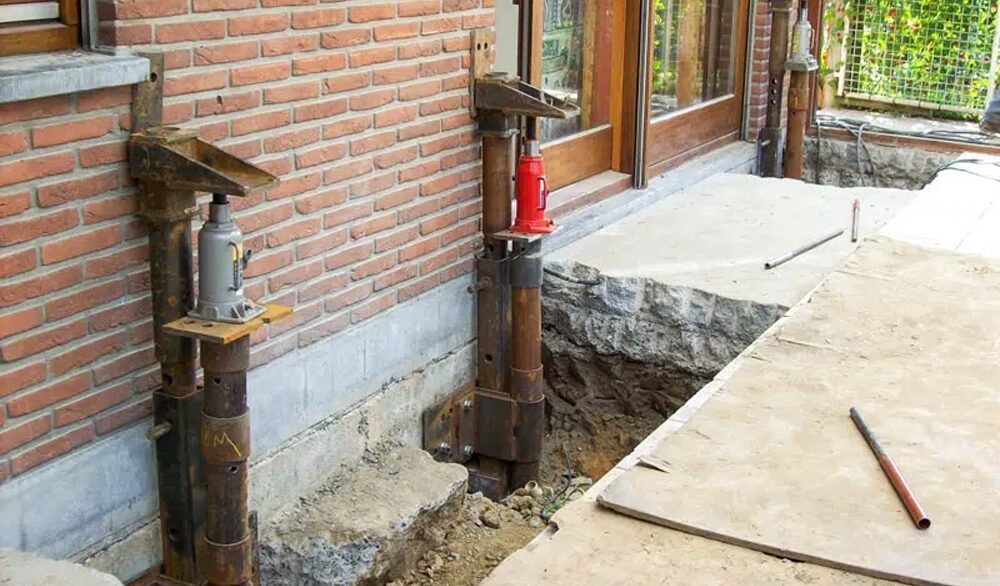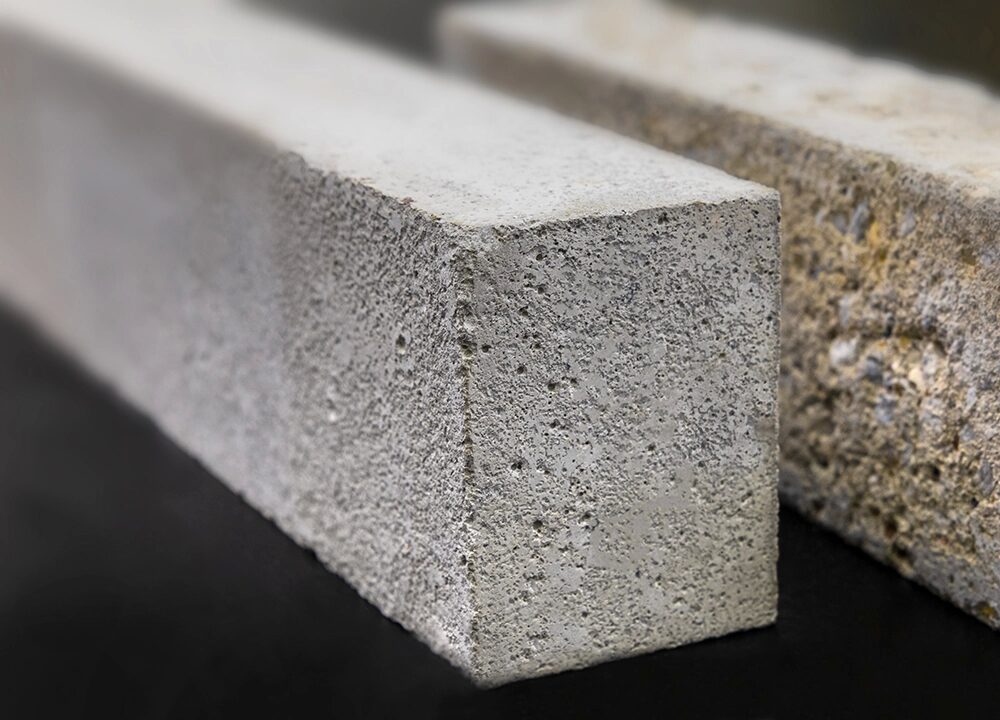
Strengthening Foundations: Underpinning Solutions Tailored for Ontario, Toronto, and GTA
Welcome to Renobuilding.ca’s Underpinning page, where we specialize in strengthening existing foundations and increasing the stability and support of structures. Our underpinning services are designed to address foundation settling and structural issues for both residential and commercial properties.
Introduction

Underpinning is a specialized construction technique designed to reinforce and stabilize existing foundations, ensuring the structural integrity of buildings and structures. This process involves strategically strengthening the foundation’s load-bearing capacity by extending its depth or breadth. Underpinning becomes vital when buildings experience issues such as foundation settling, cracks, or structural shifts due to changes in soil composition, nearby construction, or natural phenomena.
By addressing these challenges, underpinning plays a pivotal role in safeguarding the long-term stability and safety of structures. Whether it’s preventing further damage, enhancing a property’s value, or enabling renovations in compromised areas, underpinning offers an essential solution that sustains the durability and functionality of buildings for years to come.
Underpinning Solutions for Lasting Stability

Mass Concrete Underpinning
Reinforce and stabilize foundations by pouring concrete into carefully excavated sections. This method effectively transfers loads and prevents further settlement.

Mini-Piled Underpinning
Utilize small-diameter piles to reach stable soil layers, providing increased load-bearing capacity and minimizing disruption to the existing structure.

Beam & Base Method
Create a reinforced concrete beam that connects a series of base pads, distributing the load evenly and maintaining uniform foundation support.

Pile and Beam Method
Employ piles to anchor deep into the soil, connected by beams to support the existing foundation. This method is ideal for addressing subsidence and uneven settling.

Cantilever Needle Beam
Employed for limited-access areas, this method uses needles and beams to support foundations while minimizing disruption to the building’s interior.

Jet Grouting
Utilize small-diameter piles to reach stable soil layers, providing increased load-bearing capacity and minimizing disruption to the existing structure.

Soil Injection - Compaction
Improve soil density and strength by injecting stabilizing materials, effectively increasing the load-bearing capacity of the foundation.

Crack Stitching & Grouting
Address existing cracks in masonry walls or concrete foundations by stitching and grouting, restoring structural integrity.

Retaining Wall Reinforcement
Reinforce and stabilize retaining walls to prevent collapse and ensure the safety of surrounding structures.

Foundation Re-Leveling
Lift and re-level sunken or settled foundations using specialized techniques, restoring proper alignment.
Underpinning Solutions for Lasting Stability
Underpinning reinforces the foundation’s load-bearing capacity, effectively addressing subsidence, settlement, and structural instability. By redistributing the weight of the building onto stronger soil layers, underpinning ensures that the structure remains stable and secure.
Underpinning counteracts the effects of foundation settlement, a common issue caused by soil movement, water infiltration, or changes in the environment. By stabilizing the foundation, underpinning prevents further sinking or tilting of the structure.
Through techniques such as mass concrete underpinning or mini-piled underpinning, underpinning increases the foundation’s ability to bear heavier loads. This is especially crucial for buildings undergoing renovations or expansions.
By addressing foundation issues early on, underpinning minimizes the risk of more extensive structural damage, such as cracks in walls, ceilings, and floors. Timely intervention helps avoid costly repairs down the line.
Underpinning creates a stable platform for renovations and additions. It enables architectural changes without compromising the structural integrity of the building, facilitating modifications and upgrades to meet evolving needs.
A structurally sound building is inherently more valuable in the real estate market. Underpinning demonstrates the commitment to maintaining and improving the property, which can attract potential buyers and lead to higher resale values.
Underpinning is an investment in the future of your building. It extends the lifespan of the structure, reducing the likelihood of major repairs or reconstructions and providing peace of mind for years to come.
Underpinning ensures the safety of occupants by eliminating risks associated with structural instability. Residents, employees, and visitors can enjoy a secure environment free from the dangers of compromised foundations.
Addressing foundation issues through underpinning ensures compliance with building codes and regulations. This is essential for maintaining legal requirements and avoiding potential penalties.
Instead of resorting to demolition and reconstruction, underpinning offers an eco-friendly alternative that minimizes waste and reduces the environmental impact of construction projects.
The Typical Underpinning Process: From Assessment to Completion
Underpinning is a meticulous process that involves strengthening and stabilizing a building’s foundation to ensure its long-term structural integrity. Here’s an overview of the typical underpinning process, from the initial assessment to project completion:

Request Quote


